Lead in Water: EPA’s New Service Line Dashboard, 4 Million LSLs Estimate
New totals based on more reliable numbers
New totals based on more reliable numbers
Federal and state efforts on lead are a promising sign.
Beyond telecom workers, NIOSH’s report raises significant issues for anyone living, playing or learning around the thousands of miles of lead-sheathed telecom cables that are hanging between telephone poles, often no longer in active use.
The priorities reflected in the early May budget proposal show a misunderstanding about federal lead programs.
EPA improved its Lead and Copper Rule and revamped its interior dust lead standards, turning years of talk about “no safe level of lead exposure” into policy and action.
EPA’s Lead and Copper Rule Improvement is a major step to a safer future for everyone who drinks tap water in America.
